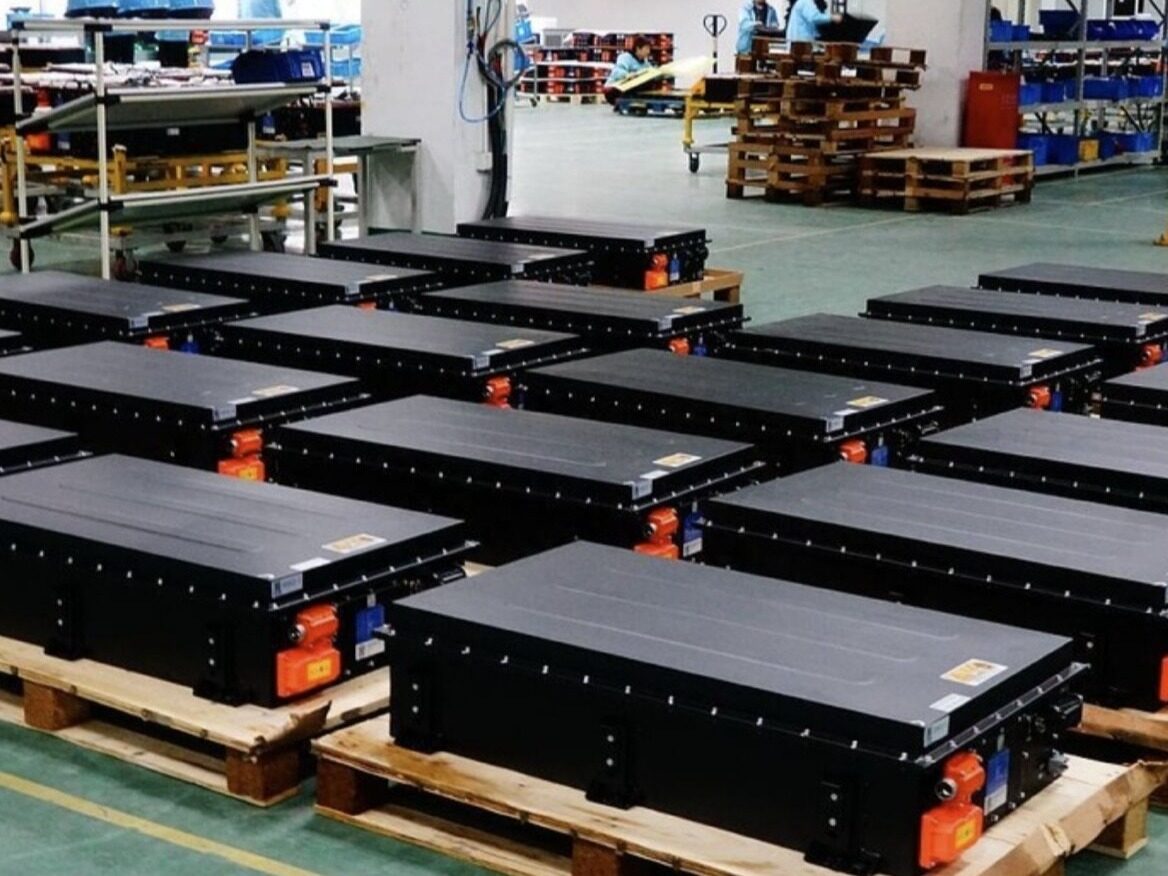- Further expand new space for the western region to participate in international economic cooperation
- It is mainly used to improve the transportation conditions in and out of Xinjiang and Tibet, and to enhance the capacity of the new land-sea passage in the west

In order to accelerate the construction of a strong transportation country, at the special press conference on "National Highway Network Planning" held by the Ministry of Transport on July 25, 2022, Wang Songbo, Deputy Director of the Comprehensive Planning Department of the Ministry of Transport, said, The "Planning" highlights regional characteristics, and optimizes and improves the layout of the national highway network according to local conditions in combination with the functional positioning of national expressways and ordinary national roads.
Overall consideration of the development differences and stage characteristics of the eastern, central and western regions
The "Plan" takes into account both efficiency and fairness, and makes precise efforts based on needs and the positioning of the national road network. For the eastern and central regions where the level of economic and social development is relatively high and the national road network is relatively complete, the adjustment and optimization focus on strengthening the capacity of backbone passages and improving the efficiency of road network operation. For the western region with vast land and sparse population, relatively lagging economic and social development, and large gaps in traffic, more attention should be paid to the expansion of national highway coverage and network connectivity.

More than half of the newly-added national highways are located in the western region, mainly to improve the transportation conditions in and out of Xinjiang and Tibet, enhance the capacity of the new land-sea corridor in the west, strengthen the hub function of the Chengdu-Chongqing economic circle, and strengthen the border-to-border and other key areas. Road network resilience, improving the efficiency of high-quality industrial resource connectivity, etc. For example, the ordinary national highway from Baiyu to Bomi has been added, and a new entry channel into Tibet has been opened between national highways G317 and G318, which is important for realizing the multi-channel connection of national highways between Sichuan and Tibet provinces and enhancing the traffic guarantee capacity during the construction period of the Sichuan-Tibet railway. all play an important role. National highway routes such as Pingshan-Xingyi and Guiyang-Beihai have been added to the new western land-sea passage, which further expands new space for the western region to participate in international economic cooperation.
Focus on supporting the implementation of major national and regional strategies
The "Plan" focuses on major national and regional strategies such as the coordinated development of Beijing, Tianjin and Hebei, the development of the Yangtze River Economic Belt, the construction of the Guangdong-Hong Kong-Macao Greater Bay Area, the integrated development of the Yangtze River Delta, ecological protection and high-quality development in the Yellow River Basin. For Beijing-Tianjin-Hebei, Guangdong-Hong Kong-Macao, and the Yangtze River Delta, the three major power sources leading the country's high-quality development, the focus is on improving the highway network of urban agglomerations. The construction of comprehensive transportation corridors along the route and the development of tourism industry have been supplemented.

For example, the newly added national expressway from Beijing to Xiongan New Area has realized the smooth and fast connection between Xiongan New Area and Beijing, which has strongly supported Beijing’s non-capital functions; the newly added Huzhou-Ningbo Sea-crossing Bridge has realized the The closed loop of the Hangzhou Bay area is conducive to promoting the integration process of the Yangtze River Delta; the newly added national expressways such as Nanjing-Jiujiang, Wuhan-Yueyang, Yichang-Huarong, and Wuhan-Chongqing have formed another expressway along the Yangtze River. The newly added ordinary national highway from Lankao to Wuhai has formed a scenic route along the Yellow River spanning the three provinces of Henan, Shaanxi and Inner Mongolia.
Focus on promoting special types of areas to make up for shortcomings
The "Planning" places the realization of equalization of basic public services in transportation in a prominent and important position, and focuses on the consideration of new routes to strengthen support and guidance for special types of areas such as old revolutionary base areas, frontier areas, poverty-stricken areas, reclamation areas and forest areas, and speed up supplementary Equalize the shortcomings of its development, so that the achievements of transportation development will benefit all the people in a fairer and fairer way. Keywords: infrastructure, infrastructure construction, domestic engineering news, planning and investment

For example, the additional national expressways such as Nanjing-Xinyang and Hexian-Xiangyang have further strengthened the direct connection between the old revolutionary base area of Dabie Mountain and the urban agglomeration in the Yangtze River Delta, and improved the level of external connectivity. The additional ordinary national highways such as Yeji-Xinyang and Wangjiang-Dawu will provide important support and driving effect for the development of characteristic tourism resources such as red and ecology in Dabie Mountains. Editor / Xu Shengpeng
Comment
 Praise
Praise
 Collect
Collect
 Comment
Comment
 Search
Search














Write something~